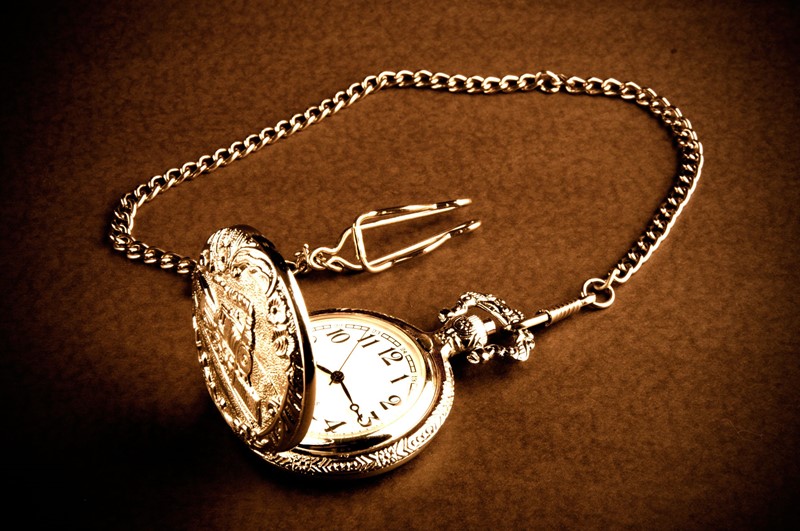Items discovered lying on land or buried in the soil, such as antiques or historical objects, are treated as chattels for Capital Gains Tax (CGT) purposes. This remains true even if ownership is tied to the ownership of the land where the item was found. Since these objects were not intended to be permanently affixed to the land, they are not considered fixtures and are therefore treated as movable personal property.
As chattels, these objects may benefit from specific CGT exemptions. The chattels exemption generally applies to items with a predictable useful life of 50 years or less. Common examples of chattels include household furniture, artwork, antiques, silverware, motor vehicles, and machinery not permanently installed in a building.
Gains from the sale of chattels are exempt from CGT if the sale proceeds are £6,000 or less per item. If the proceeds are between £6,000 and £15,000, marginal relief may apply. In these cases, the gain is the lower of the actual gain or 5/3rds of the amount above £6,000. Where a set is sold the £6,000 limit applies to the set and there are special rules to sets that have been broken up and sold separately.





